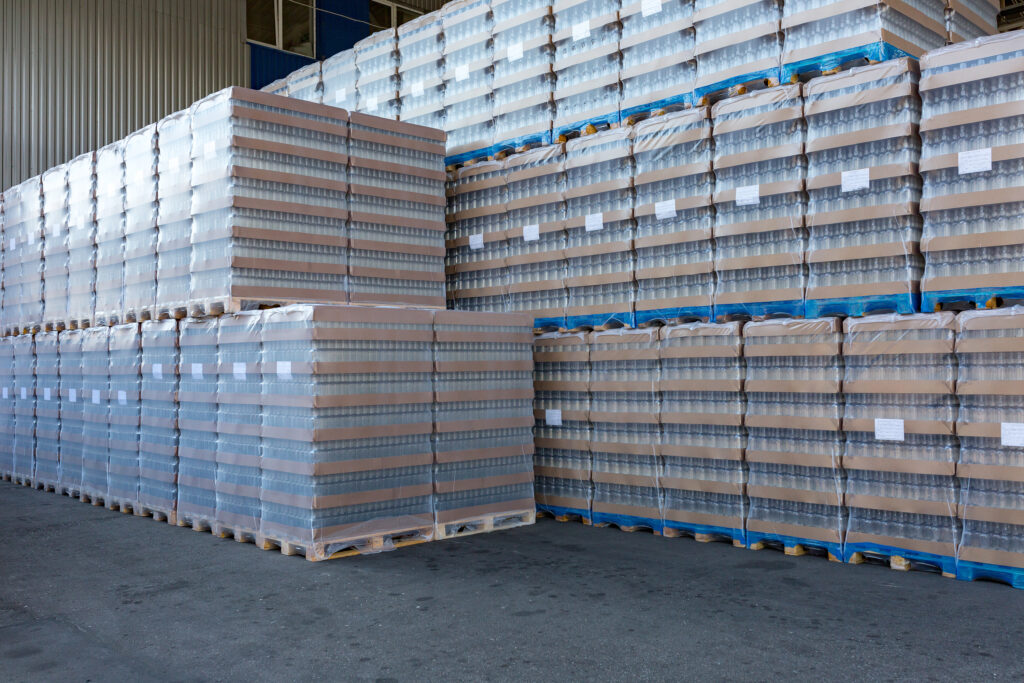
Are alcoholic beverages Class 3 flammable liquids and are they subject to the Hazardous Materials Regulations (HMR) when shipped and transported in commerce. Hazmat University offers up-to-date hazmat online training for employees and others involved with the shipping and transportation of hazardous materials. For the highest quality self-paced and easy-to-use online hazmat courses, reach out to Hazmat University today.
Ever wonder why your exotic liquor purchase in the duty-free shop at the airport had to be delivered to the gate in a sealed bag? What about that rum you had at the resort in the Bahamas that you had to have at home? Why did that get confiscated or had to be put in your checked bag on your way back to the United States?
There are several reasons these scenarios end in confusion or frustration. While everything from customs and TSA regulations to airline consumption rules factor into the practice, we are going to focus on the hazmat regulations at play here.
In certain circumstances, alcoholic beverages are not regulated in transportation. There are, however, limits when alcoholic beverages are carried by passengers. Any alcoholic beverage (24% – 70% alcohol by volume) carried in passenger carry-on or checked baggage, must be in unopened retail packaging of no more than 5 L (or 1.3 gallons to us Americans). Airline rules (IATA regs) allow up to 5 L (1.3 gallons) of said alcohol per person.
Where do these rules come from? Keep reading, we’re goin’ in deep!
Are alcoholic beverages considered hazardous materials to be regulated?
We’ll start from the beginning and look at whether alcoholic beverages are regulated. Most popular distilled beverages and some wines are considered flammable liquids in transportation due to their low flashpoint. If this is true, why don’t we see placards on the side of beverage distributors trucks? Why aren’t the cases seen throughout our favorite liquor or party stores marked and labelled according to the hazmat regs?
The 49 CFR is where we’ll get these answers. The 49 CFR contains the hazardous materials regulations for all modes of transportation into, out of and through the United States. It’s where we’ll find marking, labelling, placarding, and packaging requirements for alcoholic beverages transported to the store or even the airport, but also where we will find the regulations for passengers on US flagged airlines (think United, American, Delta, Southwest, etc.)
The UN number and proper shipping name for alcoholic beverages is Alcoholic Beverages UN3065. The packing groups are assigned in the special provisions. Most distilled beverages and wine fall into packing group III. Beverages that are greater than 70% or more by volume (think Bacardi 151 and Everclear) are assigned packing group II.
Since we are trying to figure out why we don’t see hazmat markings on trucks or packages of alcoholic beverages, we need to check the exceptions in Column 8A of the hazardous materials table.
49 CFR 173.150(d) is where we find the exceptions for shipping alcoholic beverages. In this paragraph, we find that alcoholic beverages, when transported by road, vessel, or rail, are not subject to the regulations if the alcoholic beverage:
- Contains less than 24 percent alcohol by volume (think beer, many wines, and some flavored moonshines!); or
- Is contained in an inner packaging of 5 L (1.3 gallons) or less (who needs more than that?); or
- Is packing group III alcoholic beverages in a packaging of 250 liters or less (most distilled spirits fall into this category).
By air, the requirements are a little different. The same exception exists for alcoholic beverages of 24 percent or less alcohol by volume. On a passenger carrying aircraft, beverages with between 24 and 70 percent alcohol must be carried in unopened retail packaging of 5 L or less in carry-on or checked baggage. When alcoholic beverages are carried as cargo on aircraft, the inner packaging must not exceed 5L.
Since, under the circumstances listed above, most alcoholic beverages are not subject to regulation, we don’t see placards on trucks and markings and labels on packages at our local stores.
Are alcoholic beverages regulated by international air?
Of course not! Harmonization is a wonderful thing! IATA 2.3.5.6 states that alcoholic beverages, when in retail packaging, containing more than 24% but not more than 70% alcohol by volume, in receptacles not exceeding 5 L, with a total net quantity per person of 5 L of such beverages may be carried by passengers without consent from the airline. IATA special provision A9 states that alcoholic beverages containing 70% alcohol by volume or less, when packed in receptacles of 5 L or less, are not subject to regulation.
And now we see why we are limited on what we can purchase at the duty-free store or bring on the plane with us from the resort. Not just that, we understand why hazmat markings and labels don’t make appearances in our favorite liquor store.
Choose Hazmat University’s Online Hazmat Training to Stay Compliant for Hazardous Materials Regulations
Certain alcoholic beverages fall under the category of hazardous materials during transportation. This classification is due to their potential fire hazard, similar to other types of alcohols. Consequently, these drinks are deemed as Class 3 flammable liquids under the Hazardous Materials Regulations (HMR).
Hazmat University’s top-rated and highly sought-after online hazmat training courses are designed to be engaging, experiential, and learner-friendly for hazmat employees, shippers, and freight forwarders. To order Hazmat University’s online hazmat training courses or to speak to our representatives, call (844) 427-0167 or contact us online.
Be Confident. Be Competent. Be Compliant.